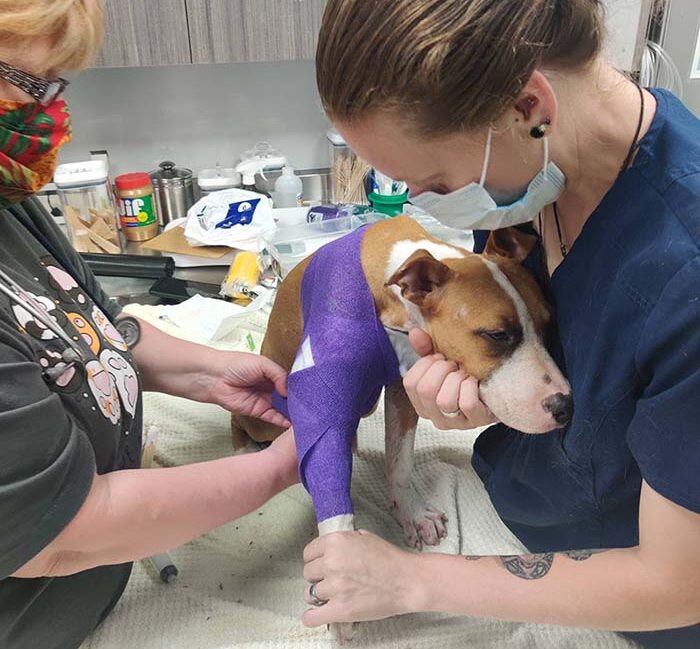Featured Content
A holistic guide to implementing the HASS pathways, designed to support animal welfare professionals in the industry’s call for systemic change.
Implement the HASS Model
Digital Tools
HASS Partners & Pilots
Latest From HASS
A holistic guide to implementing the HASS pathways, designed to support animal welfare professionals in the industry’s call for systemic change.
The HASS data and research team provides evidence to support the transition to the revolutionary new model for human-animal services and showcases the many benefits for people and pets. Pivotal to HASS’s development, our data and research efforts inform the implementation of HASS’s community-centered programs and practices nationwide.
HASS model implementation is guided by the detailed, animal-level data collected and studied by HASS analysts. Our team is able to inform quantitative data with a rich qualitative understanding of where it is coming from and how it impacts sheltering. HASS datasets and ground-breaking research is unrivaled in the animal welfare industry, extending information gathering beyond shelters to understand the broader needs people and pets across communities and respond with data-informed actions that support them.
of lost dogs returned to their families from a shelter were found within a mile from their home, one third were found only one block away
National and HASS data show that owner-relinquished pets are a major driver of shelter populations; We seek alternatives to reduce this metric
In a survey conducted within nine HASS pilot shelter communities, most families that had surrendered an animal wished for additional resources that would have allowed keeping it
In nine HASS pilot shelter communities, nearly half of pet-parent survey respondents faced housing restrictions or struggled to afford housing in the last three years
The first-of-its-kind platform where organizations can promote their community-centric service options to the public for FREE.

This tool estimates an appropriate goal or benchmark for the dog-only return to home (RTH) rate for individual organizations.

How to obtain, evaluate, and implement intake data for shelter programing and operations.

Calculate an organization’s ideal budget based on each community needs.

This curated collection of research details the evidence for the benefits of human-animal bonds, along with obstacles in maintaining them.